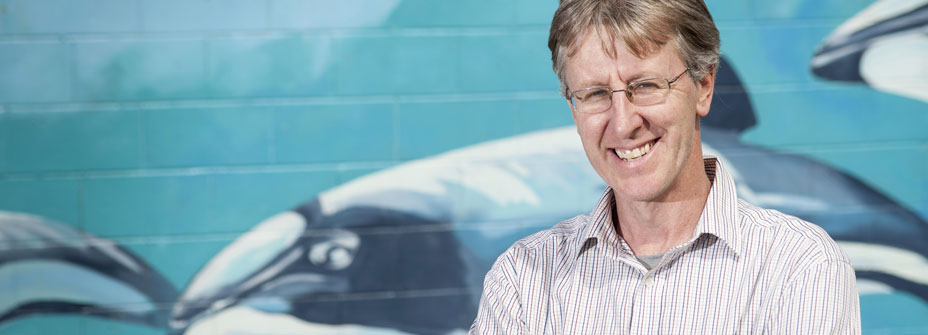
Curiosity killed the cetacean
Could our curiosity end up being as lethal as harpoons and nets for whales and dolphins?
Professor James Higham (Tourism) has co-edited and contributed to a major publication that critically examines the sustainability of whale-watching.
Higham notes that global whale-watching has developed into a $2.1 billion a year industry and that cetaceans (whales, dolphins and porpoises) interact with 13 million whale-watchers each year.
“In many parts of the world the rapid growth of the industry has raced ahead of the development of policy and planning frameworks to regulate and manage whale-watching,” Higham says.
Co-editor, Associate Professor Lars Bejder (Murdoch University), says his research confirms that, if not well managed, there can be biologically significant consequences for exposed populations.
“Repeated disturbance by boat traffic can severely disrupt cetaceans in the wild,” warns the former University of Otago research student.
Higham is critical of high volume whale-watching operations in places such as the Azores, where mass tourism is simply assumed to be sustainable when contrasted with its history of whale hunting.
He cites dolphin-watching at Shark Bay in Australia and whale- and dolphin-watching at Kaikoura as “offering insights into the sustainable management of human interaction with cetaceans. Unlike in many other parts of the world, the volume of visitors is carefully monitored and managed at Shark Bay and Kaikoura.”
The 388 page hardcover book (Whale-watching: Sustainable Tourism and Ecological Management, Cambridge University Press, March 2014) brings together the work of international experts and includes contributions from several current or former University of Otago students.
